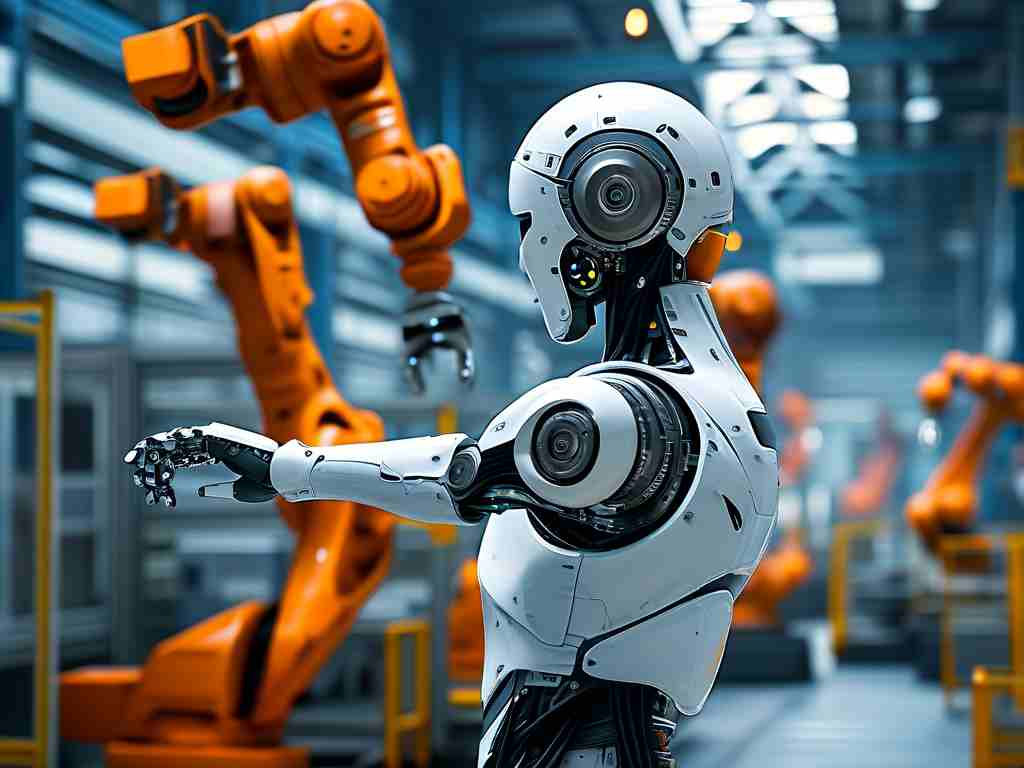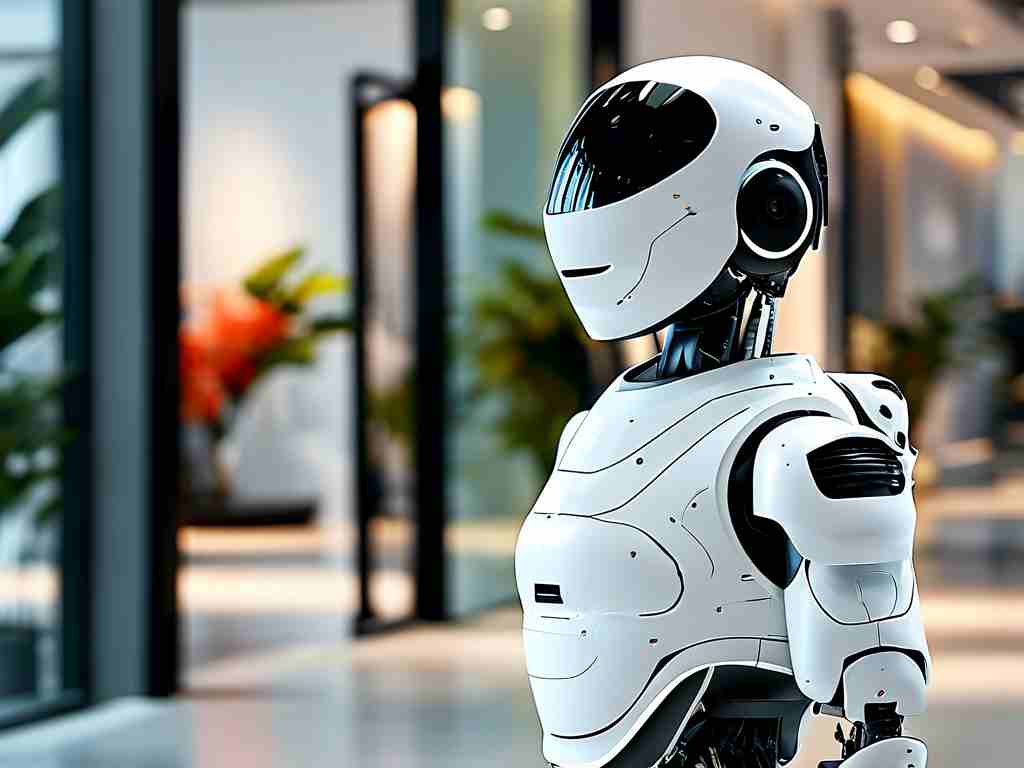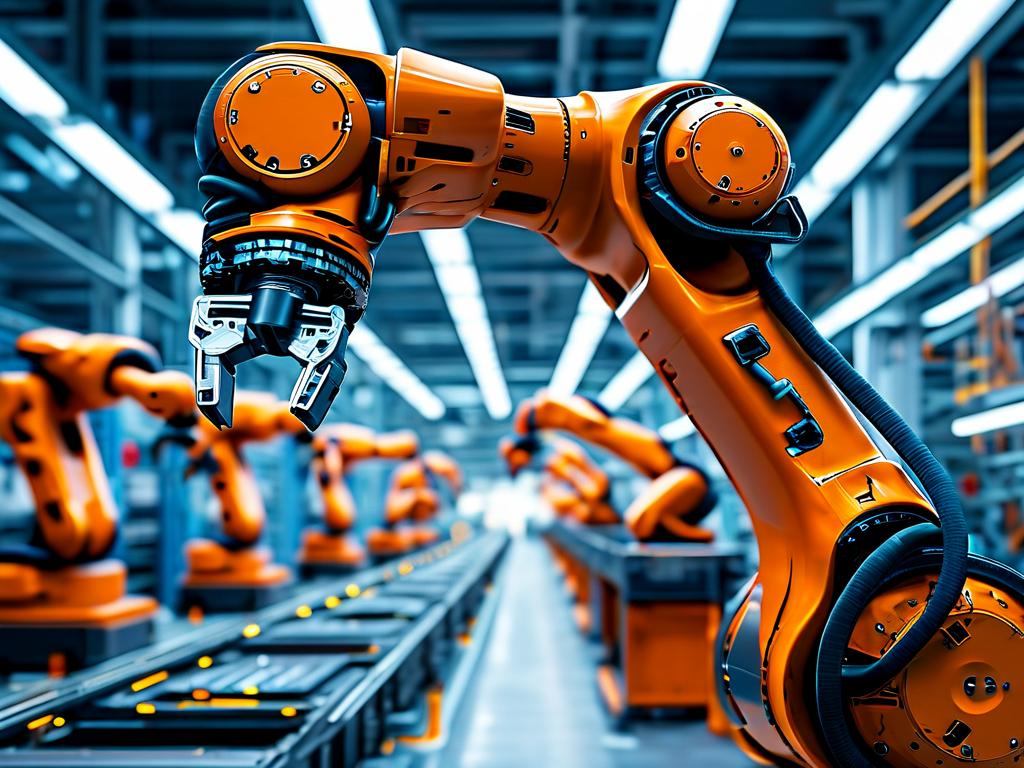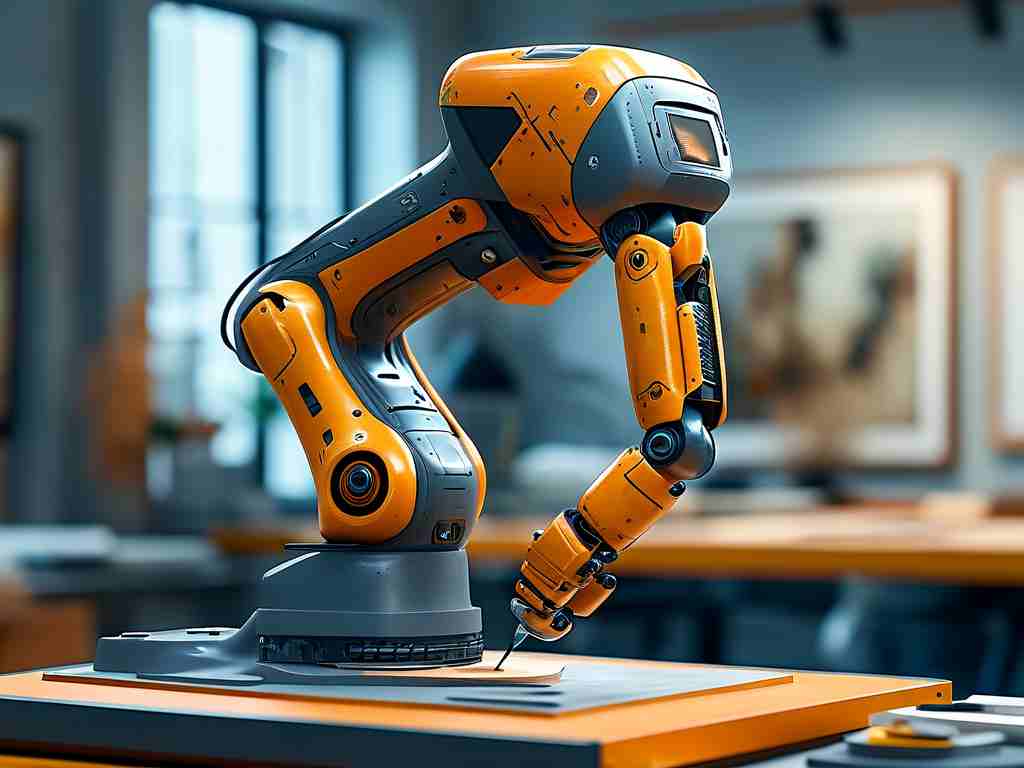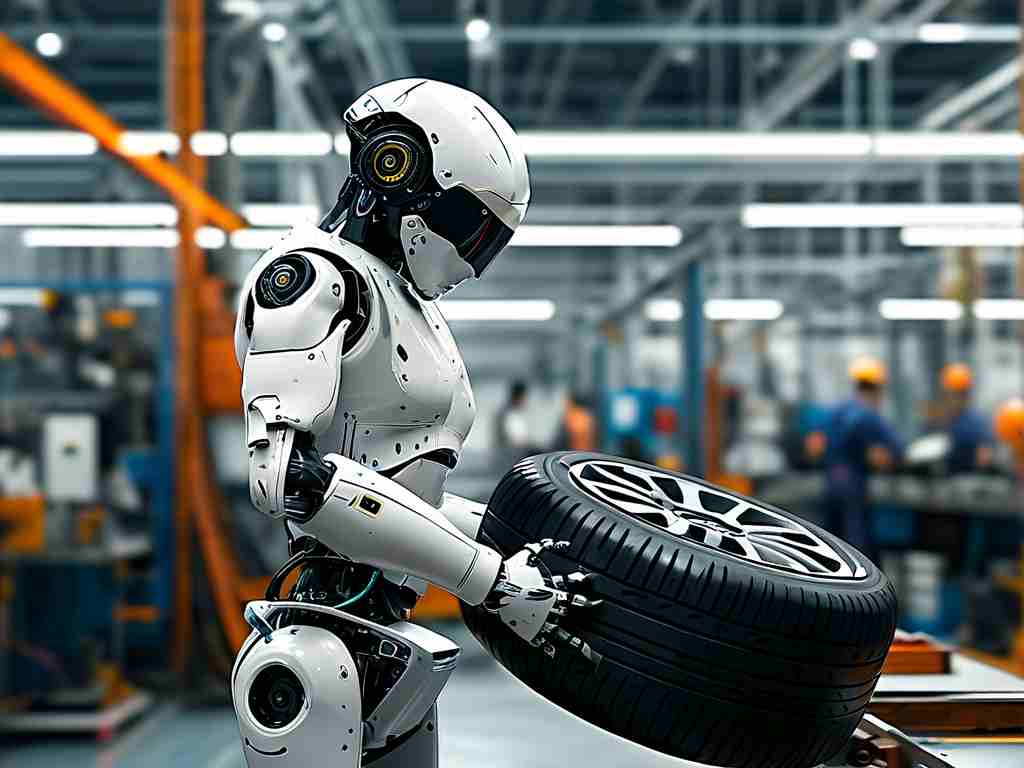The advent of cycling robotics represents a groundbreaking fusion of mechanical engineering, artificial intelligence, and motion control systems. These machines, designed to emulate human-like riding behaviors, rely on intricate technologies to achieve balance, navigation, and adaptability. This article explores the foundational principles behind cycling robots, their technical components, and the challenges engineers face in perfecting their functionality.

Balance and Stability Mechanisms
At the heart of cycling robotics lies the challenge of maintaining balance. Unlike stationary robots, cycling systems must dynamically adjust to shifting weights and terrain. Most modern designs employ gyroscopic sensors and inertial measurement units (IMUs) to detect tilt angles and angular velocity. For instance, a PID (Proportional-Integral-Derivative) control algorithm processes sensor data in real time to adjust the robot's steering or motor output. Below is a simplified code snippet illustrating how a PID controller might correct balance deviations:
def pid_balance(error, prev_error, integral):
Kp = 0.5 # Proportional gain
Ki = 0.01 # Integral gain
Kd = 0.1 # Derivative gain
integral += error
derivative = error - prev_error
output = Kp * error + Ki * integral + Kd * derivative
return output, integral
Propulsion and Power Management
Cycling robots require efficient power systems to sustain motion. Electric motors, often brushless for higher efficiency, convert electrical energy into mechanical torque. Engineers optimize gear ratios to match motor output with wheel dynamics, ensuring smooth acceleration. Energy storage is another critical consideration—lithium-ion batteries dominate due to their high energy density, but regenerative braking systems are increasingly integrated to recapture kinetic energy during deceleration.
Environmental Perception and Navigation
Autonomous cycling robots depend on advanced perception systems to navigate obstacles. Lidar and stereo cameras generate 3D maps of the surroundings, while machine learning models classify objects like pedestrians or potholes. Simultaneous Localization and Mapping (SLAM) algorithms enable real-time path planning. For example, a robot might use A or RRT (Rapidly Exploring Random Tree) algorithms to chart collision-free routes. These systems demand significant computational power, often relying on embedded GPUs or edge computing modules.
Challenges in Real-World Deployment
Despite technological advancements, cycling robots face hurdles in unpredictable environments. Uneven surfaces, sudden weather changes, or electromagnetic interference can disrupt sensor accuracy. Redundancy mechanisms, such as dual IMUs or fail-safe motor controllers, mitigate these risks. Additionally, regulatory frameworks lag behind innovation, raising questions about liability and safety standards for public road use.
Future Directions and Applications
The potential applications of cycling robotics span logistics, surveillance, and even recreational sports. Companies are experimenting with autonomous delivery bikes capable of navigating urban landscapes. Meanwhile, research institutions explore swarm robotics—coordinated fleets of cycling robots for disaster response. Advances in materials science, such as lightweight carbon fiber frames, will further enhance performance.
In , cycling robotics is a multidisciplinary field pushing the boundaries of autonomy and mechanical design. By addressing challenges in balance, energy efficiency, and environmental interaction, engineers inch closer to creating robots that seamlessly coexist with human-centric environments. As the technology matures, its impact on transportation and automation could redefine modern mobility.





